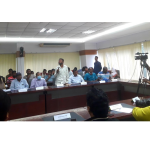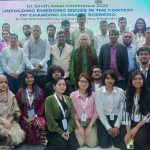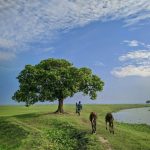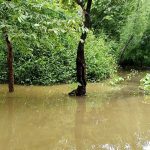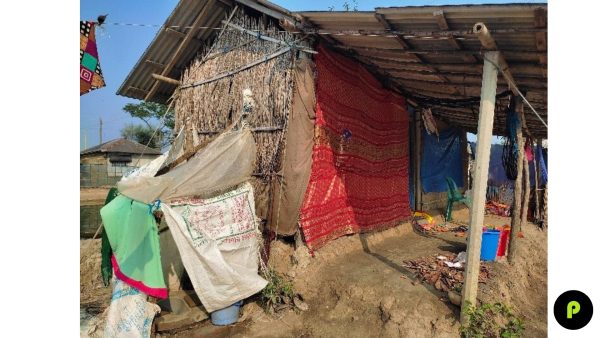Muhammad Abdur Rahaman, Zereen Saba, Masrur Abdul Quader The southern coast of Bangladesh is renowned for its breathtaking natural scenery, diverse wildlife, and thriving fishing communities. However, it is also one of the world’s most climate-vulnerable regions, with rising sea levels, intensifying cyclones, and erratic rainfall wreaking havoc on the lives and livelihoods of its inhabitants. A recent report by the International Organization for Migration (IOM) indicates that climate change threatens the survival of coastal communities and exacerbates the problem of human trafficking in the region. As traditional livelihoods such as fishing, agriculture, and forestry become increasingly precarious due to climate change, more individuals are compelled to migrate for employment. However, as employment opportunities diminish, many become susceptible to exploitation and trafficking. Women and children are especially vulnerable, as many are enticed with the promise of employment and a better life, only to wind up in forced labor or the sex trade. Victim: Wahid Ali Morlon “although most human trafficking incidents are not reported to the police station, the number of women and young girls trafficked is rising. He also added that however, since we are not allowed to work in law enforcement and local politicians are ignorant of the effects of child marriage, we have nothing to do.” Victim: Selina As the world confronts the difficulty of mitigating the effects of climate change, it is essential that we also address the social and economic dimensions of this crisis. Providing alternative livelihoods, investing in education and skills training, and strengthening legal frameworks to combat trafficking are ways to protect vulnerable communities and prevent all forms of trafficking. In conclusion, climate change is not merely an environmental issue but also a human one, with far-reaching and devastating effects on the most marginalized and vulnerable communities. As an integral part of our response to the climate crisis, we must address the fundamental causes of climate-induced human trafficking and aid its victims. Changes in the climate and destitution have long been acknowledged as significant obstacles for the people of Bangladesh, particularly those living in the southern coastal belt. As illustrated by the case of Ujjal, a 12-year-old boy from the coastal district of Satkhira, these difficulties have also been linked to increased instances of child trafficking. Due to multiple natural disasters and financial hardships, Ujjal’s parents could not send him to school. A man from a neighboring village working and living in Tamil Nadu, India, approached them and offered them employment for Ujjal and his neighbor Amirul. In May 2019, the two boys were sent to Tamil Nadu through an unauthorized border crossing to work as coconut peelers for a man who sold the peeled portion to create quilts. Every Monday for the first three months, Ujjal could contact his family. Suddenly on one Monday, however, he could not be reached by phone. Before the religious holiday of Eid-ul-Adha in August 2019, Ujjal’s family learned that he and Amirul had departed Tamil Nadu a week earlier and returned to Bangladesh. Amirul made it home, but Ujjal was nowhere to be found. No one, including Amirul, had any information about Ujjal’s whereabouts. Amirul fled after reporting the incident to the Shyamnagar Police Station and further investigation. According to Ujjal’s grandfather Wahid Ali Morlon,the tragic tale of Ujjal illustrates how climate change-induced poverty can force families to take desperate measures, leading to child trafficking. Selina, a victim of Cyclone Sidr in 2007, is another example of how human traffickers target disadvantaged families in the aftermath of natural disasters. Six other girls from Selina’s village (Please add the location) were also transported into India and sold into prostitution after their families were promised financial assistance in exchange for their daughters’ labor. Selina was able to escape and return to Bangladesh, but she encountered social rejection upon her return due to her prostitution involvement. However, the trauma and stigma she endured due to her experience compelled her to abandon her homeland and move to Delhi. These are just two examples of the countless cases of exploitation and human trafficking occurring in the southern coastal belt of Bangladesh due to the combined effects of climate change and unemployment. It necessitates immediate attention from policymakers, civil society, and the international community. In 2022, @Center for People and Environ (CPE) conducted a study in four subdistricts of Khulna and Satkhira to find the connection between climate change and human security. The study finds that 8.7% of respondents in these subdistricts are facing the threat of women and child trafficking. In this connection, the District Women Affairs Officer of Satkhira stated
Headline
Category: Migration
Back To Top



